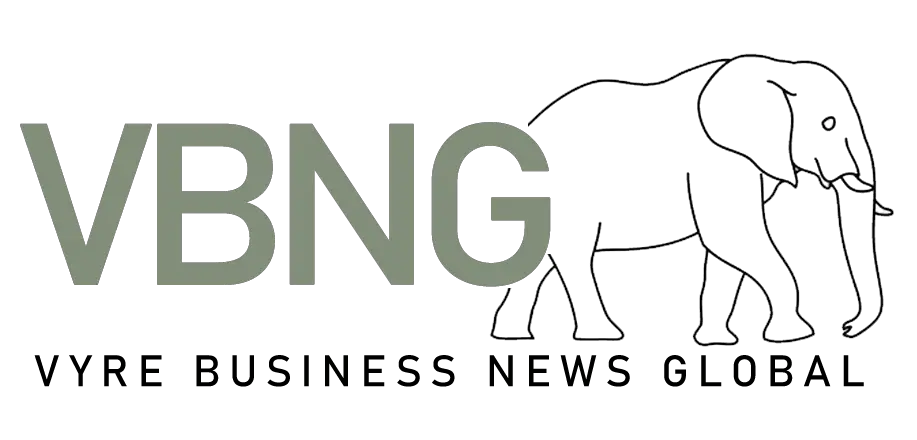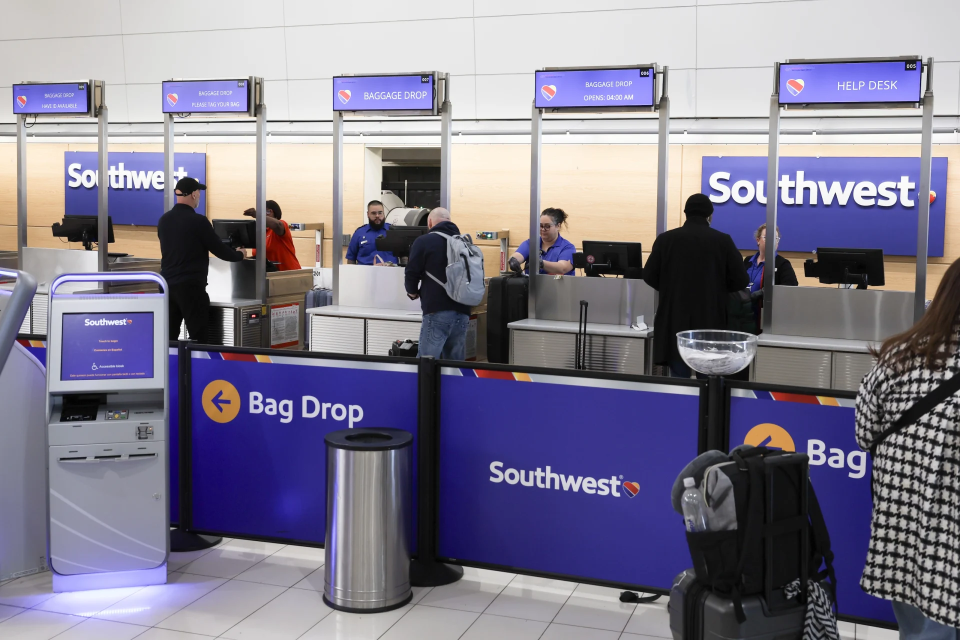Southwest Airlines (NYSE: LUV), long celebrated for its generous “two bags fly free” policy, is making a major shift in its baggage approach. Starting tomorrow, travelers will pay to check their bags for the first time in the airline’s history, with fees beginning at $35 for the first checked bag and $45 for the second bag. This marks a turning point for the airline, which has built a loyal following over more than five decades by offering complimentary checked luggage to all passengers.
For many, Southwest’s baggage policy has been a key reason to fly with the airline, especially for families, business travelers, and anyone who prefers not to lug carry-ons through the airport. The new fees will likely change the calculus for frequent flyers and those who are cost-conscious. Still, there are exceptions: travelers who hold a Southwest credit card or book in the airline’s highest classes of service will continue to enjoy free checked bags.
The move comes as airlines across the industry look for new revenue streams amid rising costs and competitive pressures. While Southwest has resisted baggage fees longer than most of its competitors, the financial realities of today’s aviation landscape have prompted the change. For context, most major U.S. carriers have charged for checked bags for years, with fees often higher than what Southwest is introducing. American, Delta, and United, for example, typically charge $35 to $40 for the first checked bag, but their second bag fees can be as high as $45 to $50, depending on the route and fare class.
Southwest’s new policy is unlikely to be a major shock to the system for seasoned travelers, but it does signal the end of an era. The airline’s commitment to transparency and customer-friendly policies has long set it apart, and this change could test the loyalty of its customer base. However, the continued benefit for credit card holders and premium travelers offers a way for Southwest to maintain goodwill among its most valuable customers.
Financially, the introduction of checked bag fees could provide Southwest with a notable boost. If even a fraction of its millions of annual passengers start paying these fees, the airline stands to add tens of millions in additional revenue each year. For example, if 10 million customers check a single bag at $35 each, that’s $350 million in new revenue, a significant figure for any airline.
The timing of this change is also noteworthy. The U.S. travel industry is experiencing a strong rebound after the pandemic, with passenger numbers approaching or exceeding pre-2020 levels. Airlines are eager to capture as much of this demand as possible, and ancillary fees, like those for checked bags, have become a critical part of their business models.
For investors, this could be a positive development for Southwest Airlines Co. The company has historically traded at a premium to its peers, partly due to its customer-friendly reputation and consistent profitability. The introduction of baggage fees could further strengthen its financial position, potentially making it more attractive to shareholders. However, it will be important to watch how the market and customers react over the coming months.
Southwest’s management has been careful to communicate that the new fees are not intended to alienate its core customers. The continued free bag benefit for credit card holders and premium travelers is a clear nod to those who have supported the airline through thick and thin. For everyone else, the new reality is simple: if you want to check a bag, you’ll need to pay.
Looking ahead, the impact of this policy change will depend on how travelers adjust. Some may shift to carry-on only, while others may find the fees reasonable compared to other airlines. For families and those traveling with heavy luggage, the change could be more significant, but the continued free baggage for certain customers should help cushion the blow. This could be a smart financial decision for the company, but only time will tell how it plays out with customers and investors alike.

